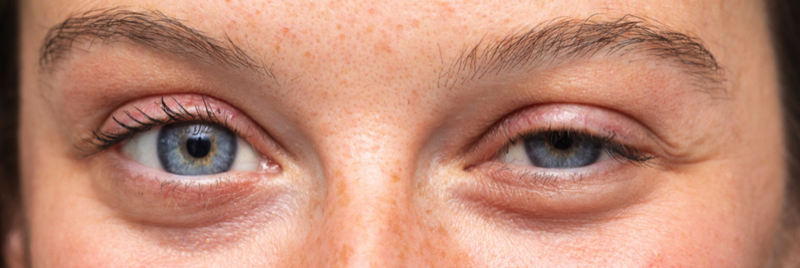What is Benign Essential Blepharospasm (BEB)?
Causes of Benign Essential Blepharospasm (BEB)?
Factors which worsen or can trigger BEB
Similar conditions which are not BEB
Botulinum Toxin (Botox) Injections
- Possible Complications of Botox injections
Surgery
What is Benign Essential Blepharospasm (BEB)
Blepharospasm is a neurological condition characterised by involuntary contractions or spasms of the muscles that control the eyelids. These spasms can cause excessive blinking, squinting, or uncontrollable closure of the eyelids. The severity of blepharospasm can vary, and it can significantly impact a person's quality of life.
Causes of Benign Essential Blepharospasm (BEB)
Typically, no underlying cause is identified, so the condition may be classified as benign essential blepharospasm (BEB).
Factors which commonly worsen or trigger blepharospasm include dry eye and ocular irritation, stress, poor sleep and bright lights.
Other conditions which are not BEB but have similar symptoms to BEB include neurological diseases (such as Parkinson's Disease) which can cause ataxia I.E. trouble with voluntary movement such as opening eyelids. Patients with a history of facial palsy can experience aberrant regeneration where faulty rewiring of the facial nerves can lead to droopy lids and poor control. Finally, hemifacial spasm is a condition which is characterised by involuntary contractions of facial muscles, on one side.
Conclusion
Blepharospasm is a chronic condition, and while there is no cure, medical guidance and treatment can help control symptoms and improve the quality of life for affected individuals.
Treatment of Benign Essential Blepharospasm (BEB)
Dry eye management: Underlying ocular irritation can trigger or worsen blepharospasms so this should be managed with, for example, regular use of artificial tears. Your doctor may also suggest eyelid hygiene regimes such as lid wipes or hot compress if there are signs of eyelid inflammation (blepharitis) which can contribute to dry eye.
Botulinum Toxin Injections: First line therapy involves injecting small amounts of botulinum toxin (Botox) directly into the affected muscles around the eyes to weaken lid closure without affecting lid-opening muscles. This reduces the spasms and improves the ability to keep eyes open. Improvement in symptoms will be noticed over the next 3-4 days with peak improvement 7 days post-injection, after which the effect gradually wears off. Repeat injections are usually needed every few months. It is best to wait as long as possible between injections to reduce the risk of developing antibodies to the drug.
Complications associated with Botulinum Toxin Injections
• Bruising, droopy lids, watery eyes, poor eyelid closure, and corneal exposure.
• These are usually transient, related to the toxin spreading to adjacent muscles.
Surgery to partially remove the lid-closing muscles can be performed, but this alters the lid appearance and is rarely performed.
Site by Constant Creations

Image Credit: The Dystonia Medical Research Foundation, Vancouver

